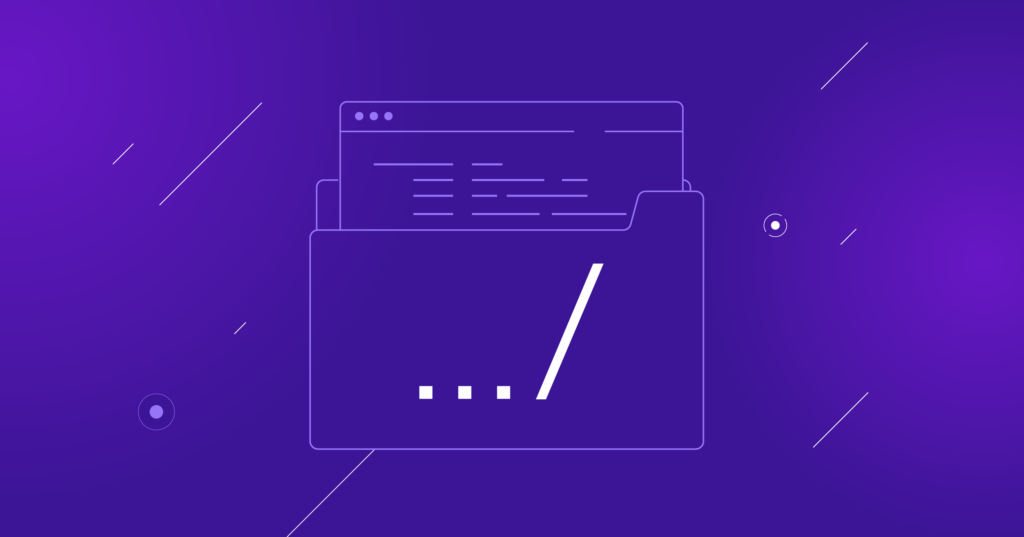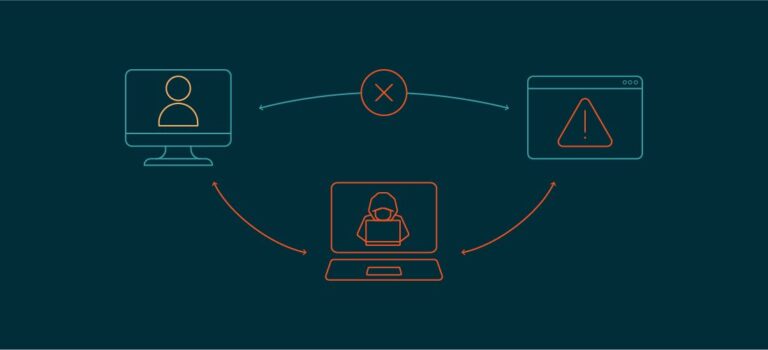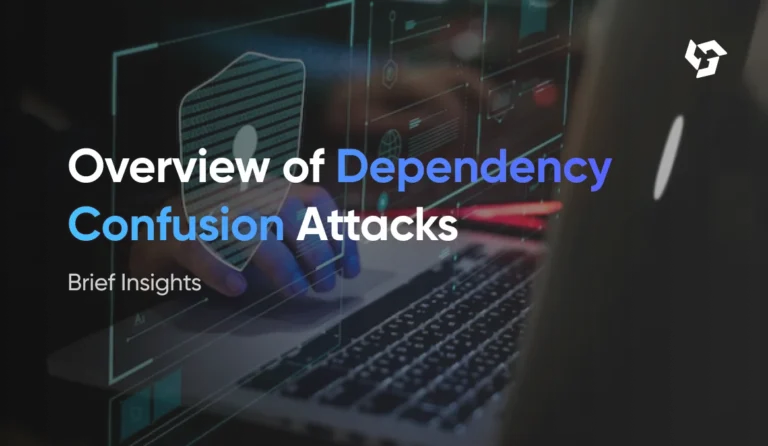Directory Traversal: Understanding, Preventing, and Mitigating One of the Web’s Most Dangerous Vulnerabilities
Introduction
In the ever-evolving landscape of web security, one vulnerability that continues to plague websites, APIs, and applications is Directory Traversal. Also known as Path Traversal, this attack vector is both deceptively simple and dangerously effective. When exploited, it allows attackers to access files and directories that reside outside the intended scope of the web root folder. This can lead to exposure of sensitive information, unauthorized system access, and even complete server compromise.
This blog post explores the Directory Traversal vulnerability in depth—what it is, how it works, the dangers it poses, and most importantly, how to prevent and mitigate it. Whether you’re a developer, a system administrator, or a security researcher, understanding Directory Traversal is critical for securing your digital assets.
1. What Is Directory Traversal?
Directory Traversal, or Path Traversal, is a type of security vulnerability that enables an attacker to access arbitrary files and directories on a server by manipulating variables that reference files with “../” sequences or other traversal characters.
Example:
http://example.com/view?file=../../../../etc/passwd
In this example, the attacker is attempting to navigate up the directory structure to access the Linux password file.
2. How Directory Traversal Works
When a web application dynamically includes files based on user input, and fails to properly validate or sanitize that input, it opens the door for a Directory Traversal attack. The attacker manipulates the input by including directory traversal characters such as:
../(Unix/Linux)..\(Windows)
This allows them to move up the directory tree and potentially access sensitive files outside the web root directory.
3. Real-World Consequences of Directory Traversal Attacks
- Information Disclosure: Accessing sensitive configuration files, logs, or database credentials.
- Remote Code Execution: Reading server-side scripts or placing malicious files that can be executed.
- Privilege Escalation: Gaining access to protected system areas and escalating user privileges.
- System Compromise: In some cases, full control over the server can be achieved.
Case Study: Equifax Breach (2017)
While not purely a directory traversal issue, Equifax’s breach was due to a web vulnerability that could have had directory traversal implications. It highlights how small oversights in security can lead to massive consequences.
4. Common Attack Vectors and Payloads
../../etc/passwd(Unix/Linux)..\..\boot.ini(Windows)- URL encoding:
%2e%2e%2fequals../ - Double encoding:
%252e%252e%252fto bypass naive filters - Null byte injection:
/index.php?page=../../etc/passwd%00
5. Why Traditional Validation Methods Often Fail
Many developers try to use blacklists to filter out dangerous input. This approach often fails because attackers can encode the traversal sequences in various ways to bypass filters.
Instead, a whitelist approach—defining exactly what is allowed—is significantly more secure.
6. Secure Coding Practices to Prevent Directory Traversal
- Input Validation: Only accept whitelisted filenames.
- Canonicalization: Convert input to its standard form before validation.
- Use Safe APIs: Avoid using file paths constructed from user input.
- Use Chroot Jails or Containers: Restrict file access to confined environments.
- Implement File Access Control: Ensure that even if a file is accessed, the server’s permissions prevent data leakage.
7. Detection and Mitigation
- Web Application Firewalls (WAFs): Can detect traversal patterns in URLs.
- Intrusion Detection Systems (IDS): Flag unusual file access attempts.
- Logging and Monitoring: Monitor server logs for traversal attempts.
- Penetration Testing: Regularly test applications using tools like OWASP ZAP or Burp Suite.
8. Implementing Whitelisting in Code Examples
PHP Example (Unsafe):
$file = $_GET['file'];
include("files/" . $file);
PHP Example (Safe):
$whitelist = ['about.html', 'contact.html'];
$file = $_GET['file'];
if (in_array($file, $whitelist)) {
include("files/" . $file);
} else {
echo "Invalid file request.";
}
9. Framework-Specific Protections
- ASP.NET: Use
Server.MapPathsafely; avoid direct user input in paths. - Django (Python): Use
django.views.static.servewith caution. - Node.js: Use
path.normalizeand avoid user-supplied paths.
10. Operating System and Server-Level Protections
- File System Permissions: Use least privilege principles.
- Disable Directory Listing: Prevent users from browsing folders.
- AppArmor/SELinux: Use mandatory access controls on Linux.
- Containerization: Isolate services using Docker or similar.
11. Directory Traversal in APIs and Mobile Apps
Modern RESTful APIs and mobile apps are not immune. If they access the file system based on parameters or config files, the same vulnerabilities apply.
Ensure secure coding practices are followed across all platforms.
12. Tools to Detect Directory Traversal
- OWASP ZAP
- Burp Suite
- Nikto
- Acunetix
- DirBuster
- Nessus
13. Directory Traversal and Cloud Environments
In cloud applications (e.g., AWS Lambda, Azure Functions), improper path handling can expose cloud storage files like S3 buckets, Azure Blobs, or metadata endpoints.
Always validate input and enforce least privilege even in serverless code.
14. Summary and Best Practices
- Never trust user input.
- Always validate and sanitize file paths.
- Prefer allowlists over denylists.
- Use safe file-handling APIs.
- Implement least privilege and file access controls.
- Monitor, test, and audit regularly.
15. Conclusion
Directory Traversal remains one of the most impactful yet preventable vulnerabilities in web applications. As attackers get more creative with payloads and obfuscation techniques, developers and security teams must adopt proactive strategies.
By understanding the mechanics of this vulnerability and implementing strong coding and system practices, we can build robust defenses against path traversal attacks and keep our systems secure.
Further Reading and Resources
- OWASP Directory Traversal Guide
- CWE-22: Improper Limitation of a Pathname to a Restricted Directory
- Directory Traversal Cheatsheet – PayloadAllTheThings
- Linux File Permissions Explained
Stay secure, code safely, and always validate input!






